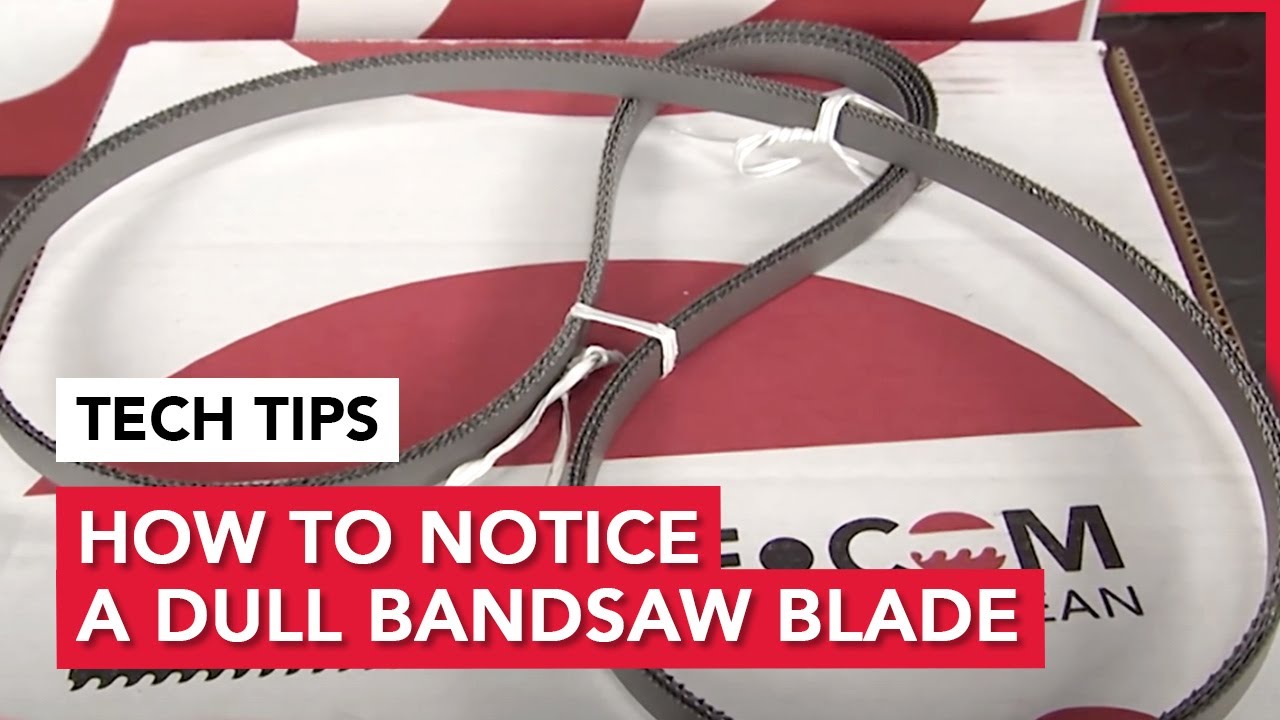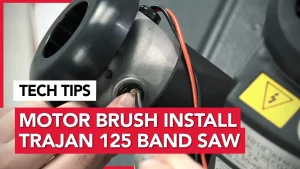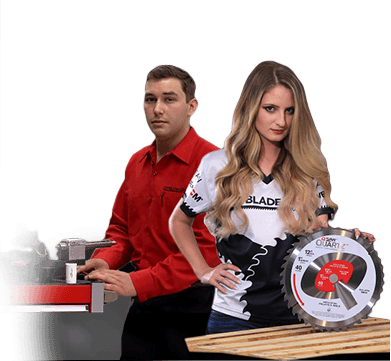Maintaining optimal performance in your bandsaw requires regular blade replacement. A dull bandsaw blade can result in subpar cutting, damage to your equipment, and even pose a safety risk. In this blog post, we will discuss the signs of a dull bandsaw blade, the process of replacing it, and the benefits of choosing high-quality blades from Sawblade.com.
Identifying a Dull Bandsaw Blade
Knowing when to replace your bandsaw blade can be a tricky business, but a few key indicators can guide you. Aside from the apparent visual signs, you can also rely on your senses of hearing and touch to ascertain the blade’s condition.
Visual Signs
Visual inspection is the first step in identifying a dull bandsaw blade. Keep an eye out for chipped or broken teeth. If your cuts appear rough or uneven, it’s a strong sign that your blade has become dull.
Auditory Signs
Interestingly, you can also ‘listen’ to your bandsaw blade for signs of dullness. As the blade dulls, the saw motor will need to work harder to cut through materials. This extra effort manifests as a loud whining or grinding sound that isn’t present when using a sharp blade.
Tactile Signs
Feel also plays a role in diagnosing blade wear. If you notice that you’re applying extra force to push the saw through the material, it’s likely that your blade has lost its sharpness.
The Risks of Using a Dull Bandsaw Blade
Ignoring these warning signs can result in more than just low-quality cuts. A dull bandsaw blade can harm both your equipment and the person operating it.
A dull blade forces the bandsaw motor to work harder than it should, increasing wear and tear on the machine and shortening its lifespan. Moreover, the necessity to apply extra force while cutting enhances the likelihood of accidents and injuries.
How to Replace Your Bandsaw Blade
Once you’ve identified your bandsaw blade as dull, it’s crucial to replace it immediately to ensure optimal operation and safety. Replacing a bandsaw blade involves a few key steps. For detailed guidance, check out our article on How to Fold a Band Saw Blade.
Measuring Your Bandsaw Blade
The first step in replacing your bandsaw blade is to measure it correctly. Knowing the correct length of your bandsaw blade ensures that you purchase the right replacement. For a comprehensive guide on this, visit our article on How to Measure the Length of a Bandsaw Blade.
Positioning the New Blade
Once you’ve got the new blade, it’s essential to position it correctly on your bandsaw. Incorrect positioning can lead to inefficient cuts and potential safety hazards. Read our guide on Positioning Material for further information.
Choosing Quality Blades from Sawblade.com
After identifying a dull blade and understanding how to replace it, the next step is to choose a quality replacement blade. Sawblade.com is an excellent source for high-quality, cost-efficient bandsaw blades.
Benefits of Buying Direct
Buying directly from Sawblade.com means no middlemen, no markups, and no problems. All orders are shipped the same day to ensure prompt delivery and minimize work disruptions.
Wide Variety of Blades
Sawblade.com manufactures a wide variety of high-quality blades suitable for diverse cutting needs. This direct availability ensures you get exactly what you need without the hassle and added costs associated with retail stores.
Conclusion
Maintaining your bandsaw’s efficiency and safety begins with regular inspections and timely blade replacements. Understanding the signs of a dull bandsaw blade and how to replace it is crucial for any bandsaw operator. By choosing quality blades from Sawblade.com, you can ensure your bandsaw’s top-notch performance, longevity, and safety. Don’t forget to use our Bandsaw Blade Speed & Feed Calculator for optimal results.
Remember, the integrity of your work and the longevity of your equipment hinge on a sharp, high-quality bandsaw blade. Don’t wait for a blade to become dangerously dull before replacing it. Stay sharp, work smart, and choose Sawblade.com for all your bandsaw blade needs.






